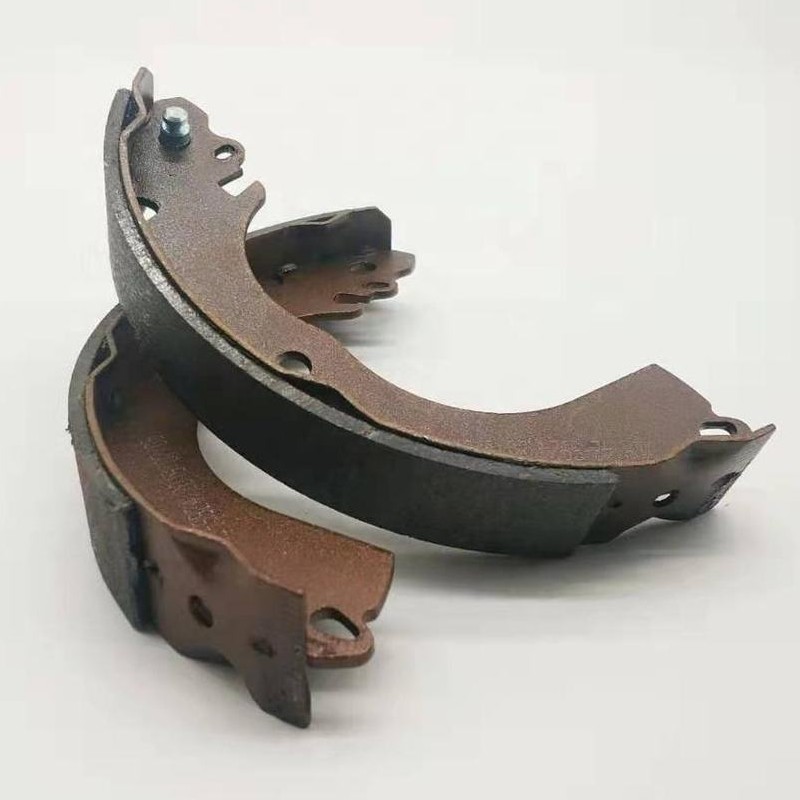What does a brake shoe do?Which 2 are different types of brake shoes?
2023-10-18
A brake shoe is a component used in drum brake systems to create friction and slow down or stop the rotation of a wheel. It is a curved metal plate that is lined with friction material, typically made of asbestos-free organic materials or semi-metallic compounds.
The primary function of a brake shoe is to press against the inner surface of a brake drum when the brakes are applied. When hydraulic pressure or mechanical force is applied to the brake system, the brake shoe is pushed against the drum, creating friction. This friction converts the kinetic energy of the rotating drum and wheel into thermal energy, effectively slowing down or stopping the vehicle.
There are different types of brake shoes used in various applications:
1. Leading Brake Shoe: In a leading brake shoe setup, the primary shoe is positioned in front of the secondary shoe in the direction of rotation. When the brakes are applied, the leading shoe makes contact with the drum first, followed by the secondary shoe. This design provides better self-energizing properties, allowing for improved braking efficiency.
2. Trailing Brake Shoe: In a trailing brake shoe setup, the secondary shoe is positioned in front of the primary shoe in the direction of rotation. When the brakes are applied, the secondary shoe makes contact with the drum first, followed by the primary shoe. Trailing brake shoes are generally less effective in terms of self-energizing properties compared to leading brake shoes.
It's worth noting that with the advancement of automotive technology, drum brake systems have been largely replaced by disc brake systems in modern vehicles. Disc brakes offer improved performance, better heat dissipation, and reduced complexity compared to drum brakes. However, drum brakes are still used in certain applications, such as the rear wheels of some vehicles or in heavy-duty applications.



